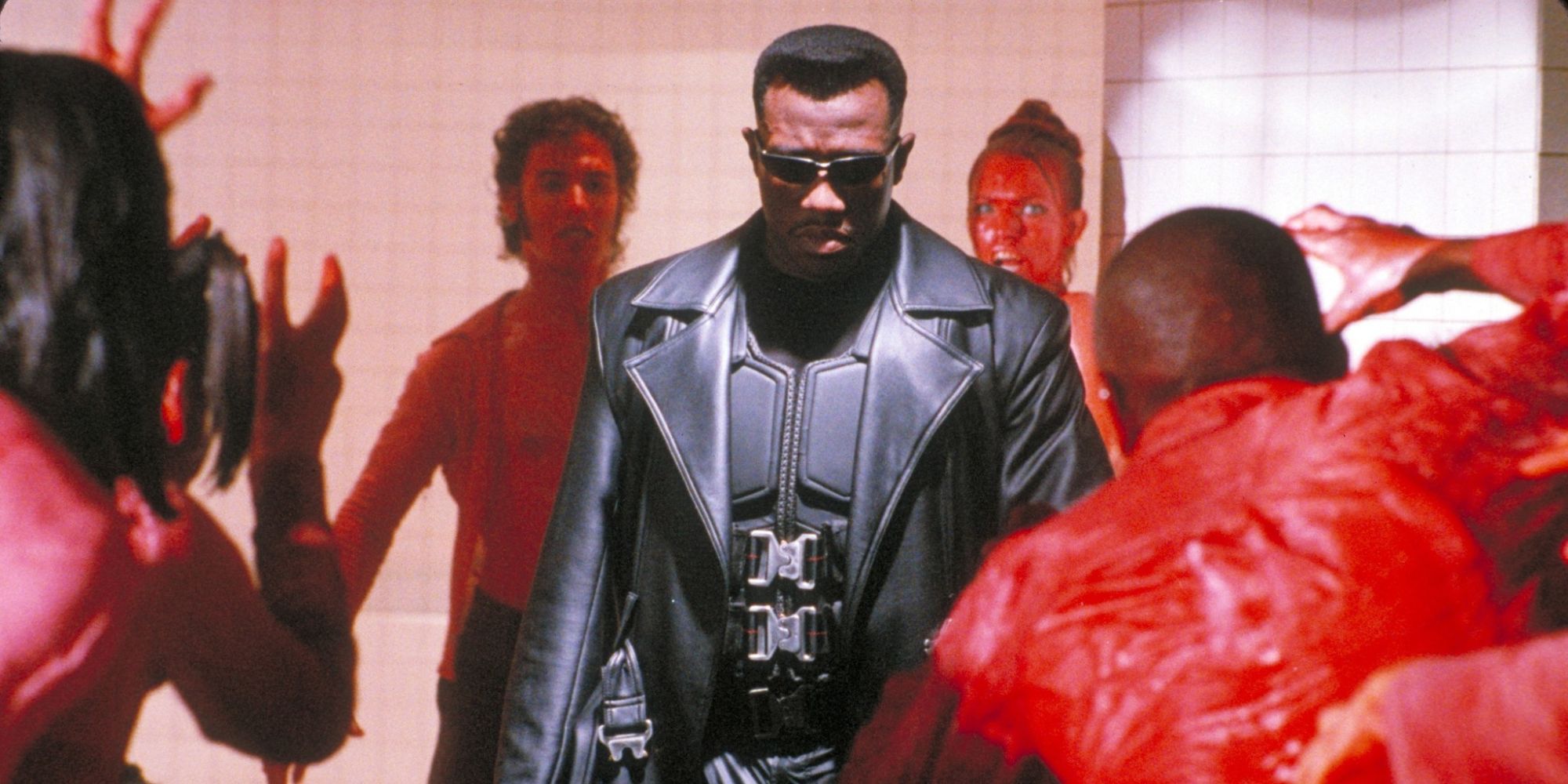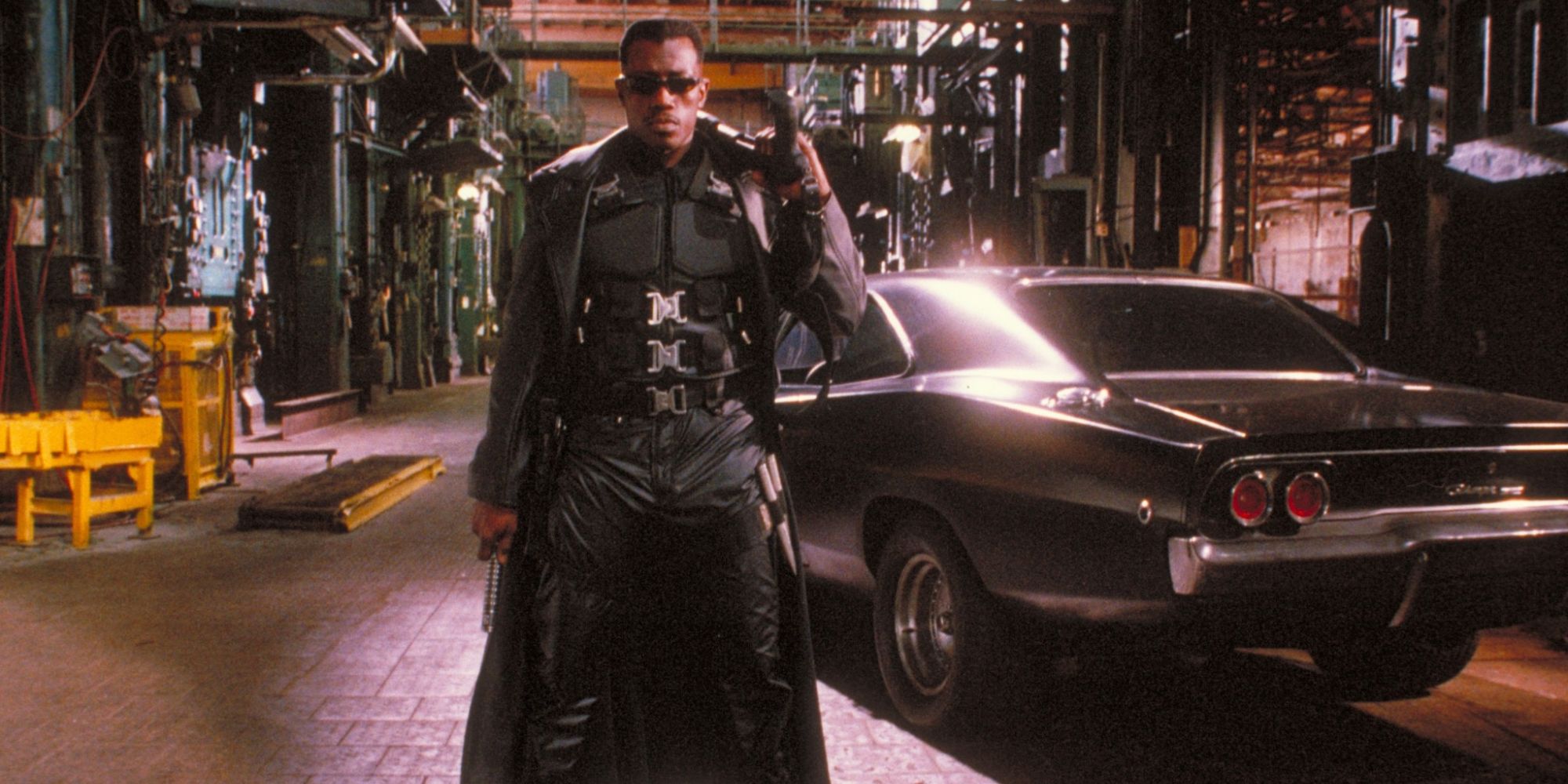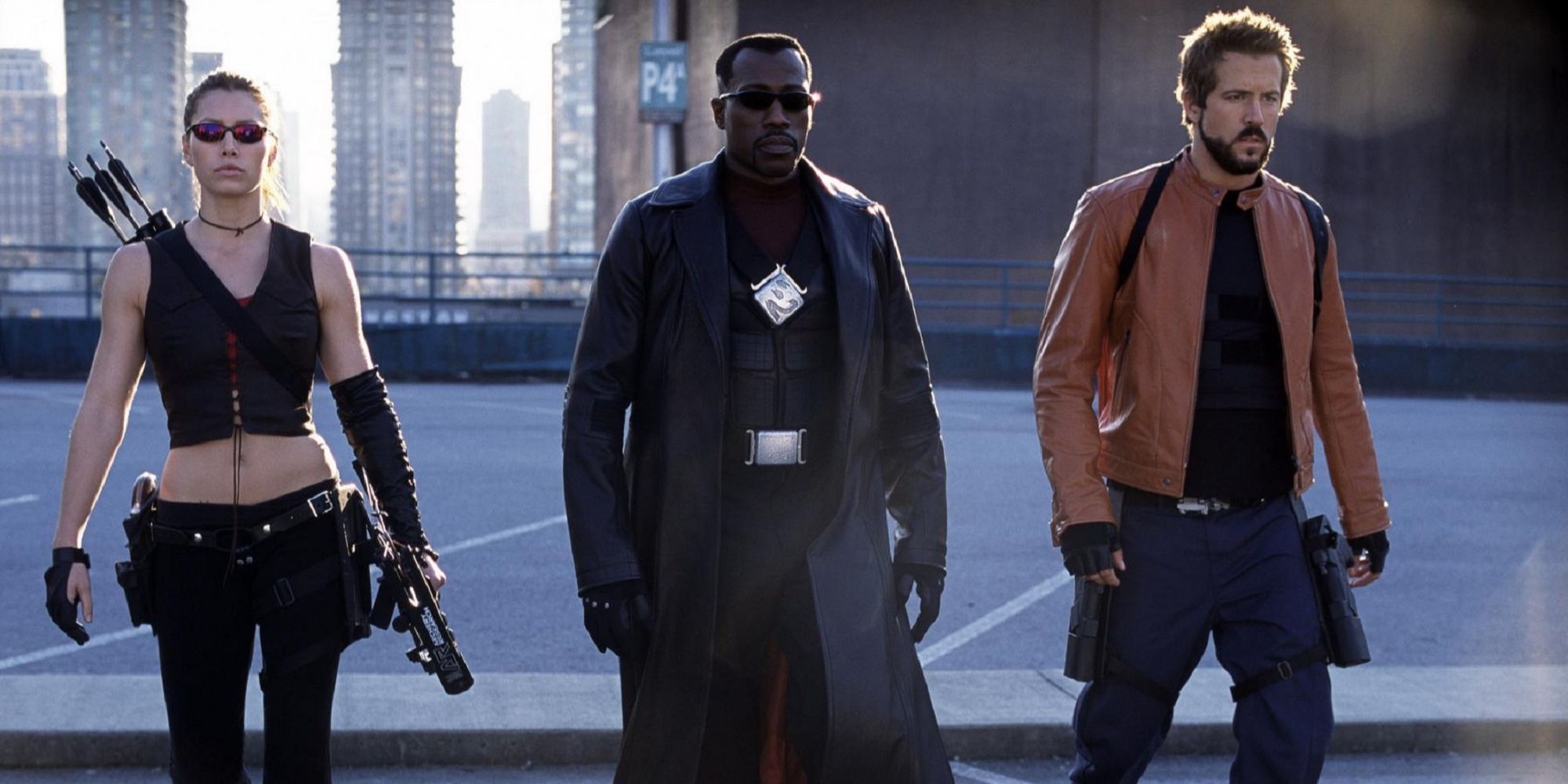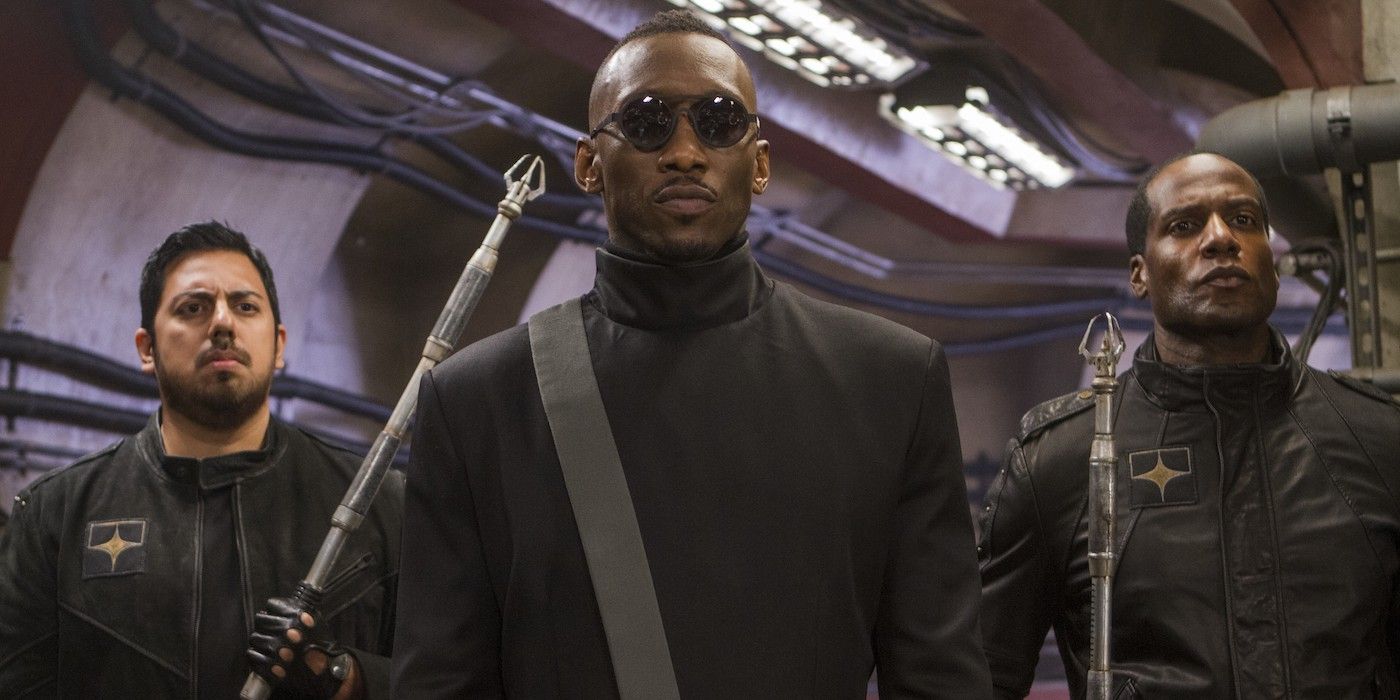The superhero continues to have a foothold in pop culture, especially in cinema. Both Spider-Man: Across The Spider-Verse and Guardians of the Galaxy Vol. 3 have enjoyed rave reviews, and it looks like The Flash will follow in their footsteps despite a rocky road to the silver screen. However, none of it would have been possible without Blade. The vampire-hunting antihero was the focus of a trilogy of films starring Wesley Snipes, and these films are often considered to have laid the groundwork for other film franchises – including the Marvel Cinematic Universe and Christopher Nolan’s Dark Knight trilogy – to elevate the world of capes and cowls into box office gold. But before they hit the big screen, said films also had quite a few behind-the-scenes hurdles to overcome.
While the Blade trilogy enjoyed critical acclaim and helped push the Daywalker into the spotlight, there was also the matter of rights changing hands as well as some baffling creative decisions. When all is said and done, it’s a miracle that the films managed to make it to the silver screen.
The First ‘Blade’ Dealt With Rights Issues & Weird Creative Choices
It’s hard to imagine a world where Wesley Snipes didn’t play Blade. But believe it or not, he wasn’t the first choice for the vampire hunter. In fact, when talks about a Blade movie were first going on he was looking to play another Marvel hero — Black Panther. LL Cool J was tapped to portray the vampire hunter before the project eventually landed at New Line. It was there that David S. Goyer, who’d pen all three films in the trilogy, was approached to write the script…and where the troubles began.
For starters, there was an outlandish request from New Line. “At one point the [studio] came to us and said “can Blade be white?” and I said “absolutely f—ing not. Like, that is just terrible. You cannot do that,'” Goyer told Entertainment Weekly during a retrospective celebrating the film’s 20th anniversary. The initial test screening also went poorly, especially the final fight between Blade and his nemesis Deacon Frost (Stephen Dorff). Having absorbed the powers of the blood god La Magra, Frost became a whirling tornado of blood…and the end result is absolutely ridiculous, even by late 90’s standards. Eventually, major reshoots would be implemented, resulting in a much more grounded confrontation between Blade and Frost.
There was also the matter of credit. Marv Wolfman and Gene Colan, who created Blade within the Tomb of Dracula #10 pages, were initially denied credit by New Line. Goyer fought to make sure both men were properly credited, and the opening credits for Blade do acknowledge Wolfman and Colan created the Daywalker. This clash set the precedent for an ongoing battle about compensation concerning comic book creators and their work, especially as the superhero genre continues to thrive at the box office.
‘Blade: Trinity’ Saw Its Director & Star Locked in a Fierce Battle
Despite its hurdles, Blade became a bonafide phenomenon. This led to a sequel, Blade II, which saw Guillermo del Toro stepping behind the camera. Del Toro’s penchant for hauntingly beautiful imagery, combined with another stellar script from Goyer, led to a film that is considered a classic in the horror-action canon. A third film was all but guaranteed, but Blade: Trinity turned out to be a nightmare for nearly everyone involved.
A large part of the trouble stemmed from the relationship between Snipes and Goyer, who stepped into the director’s chair for Trinity. Goyer originally intended to stay on as a producer/writer, while Oliver Hirschbiegel directed. Hirschbiegel eventually left to direct future Academy Award nominee Downfall, leaving Goyer to pick up directorial duties. Snipes was unhappy with this decision, which led to friction between the two.
The level of that friction was revealed in an interview between Patton Oswalt and the A.V. Club. According to Oswalt, Snipes refused to communicate with Goyer and the other members of the cast. He’d instead leave Post-It notes signed “Blade” around the set, even refusing to come out of his trailer during pivotal sequences. This forced Goyer to use digital effects, along with Snipes’ stand-ins, to try and give off the illusion that he was actually in the film. But in the end, Blade: Trinity proved to be the stake in the Blade franchise’s heart; its attempts to pass off Reynolds’ Hannibal King and Jessica Biel’s Abigail Whistler as interesting was blatant spinoff fodder, not to mention Dominic Purcell playing perhaps one of the blandest versions of Dracula ever to hit the silver screen.
Wesley Snipes’ displeasure extended off the screen, as he sued Goyer and New Line over their decisions – only to be hit with a lawsuit himself from United Talent Agency. He would later dispel most of Patton’s claims, including the one where he threatened to strangle Goyer. ‘”Let me tell you one thing. If I had tried to strangle David Goyer, you probably wouldn’t be talking to me now. A black guy with muscles strangling the director of a movie is going to jail, I guarantee you,'” Snipes told the Guardian.
What Issues Have the Blade Reboot Faced?
When Marvel Studios unveiled its slate at San Diego Comic-Con 2019, it ended with the announcement that Mahershala Ali would be picking up Blade’s signature trenchcoat and shades. Fandom exploded – after all, Ali had proven himself to be a solid presence in genre fare such as Alita: Battle Angel and Spider-Man: Into The Spider-Verse, so he was more than a match for the dark world the Daywalker inhabited.
But much like its predecessors, the Blade reboot has undergone a number of roadblocks. First, director Bassam Tariq departed the project. Then a number of screenwriters performed extensive rewrites, with Nic Pizzolatto serving as the current screenwriter. The film has paused production – even going out of its way to push its release date to next year – due to the ongoing writers’ strike. Blade may be able to slay vampires with ease, but the machinations of Hollywood are a different beast.
Blade is currently looking at September 6, 2024 release date.










